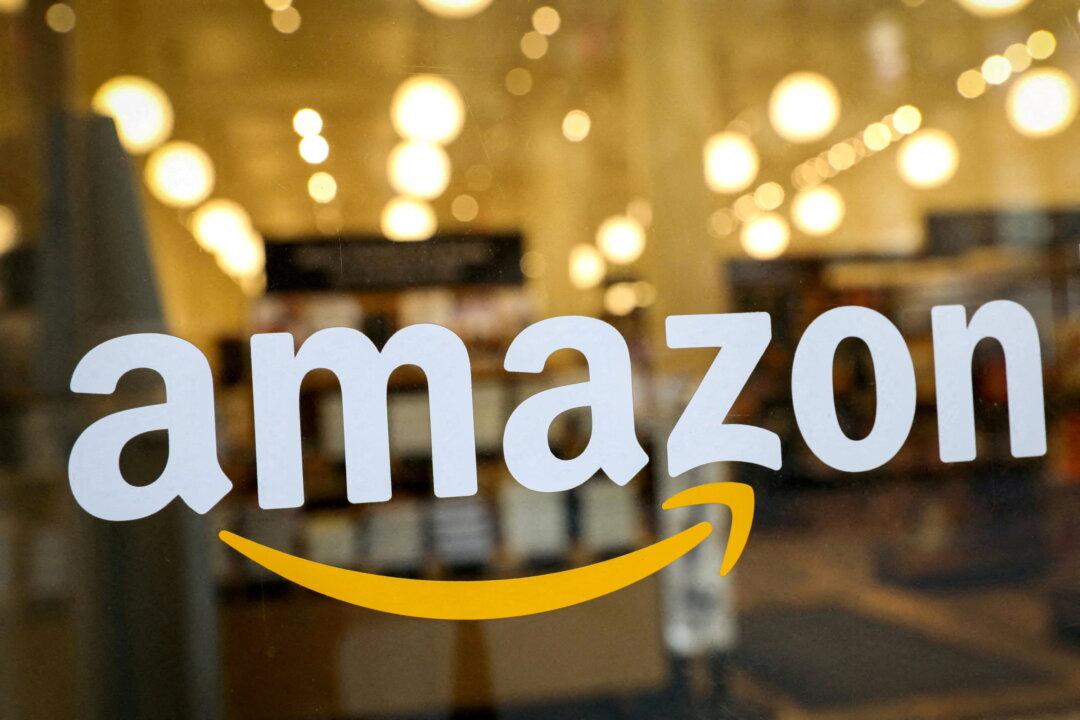Amazon shares have eliminated nearly all of their gains from the COVID-19 pandemic, plummeting about 38 percent thus far in 2022.
For the past two years, Amazon had been one of the top-performing companies amid the global health crisis. As consumers stayed home, shoppers purchased many of their goods—from toilet paper to face masks—from the digital retailer.





